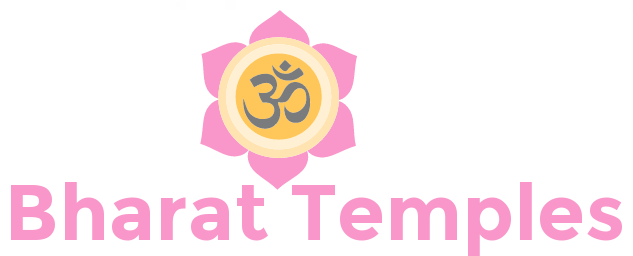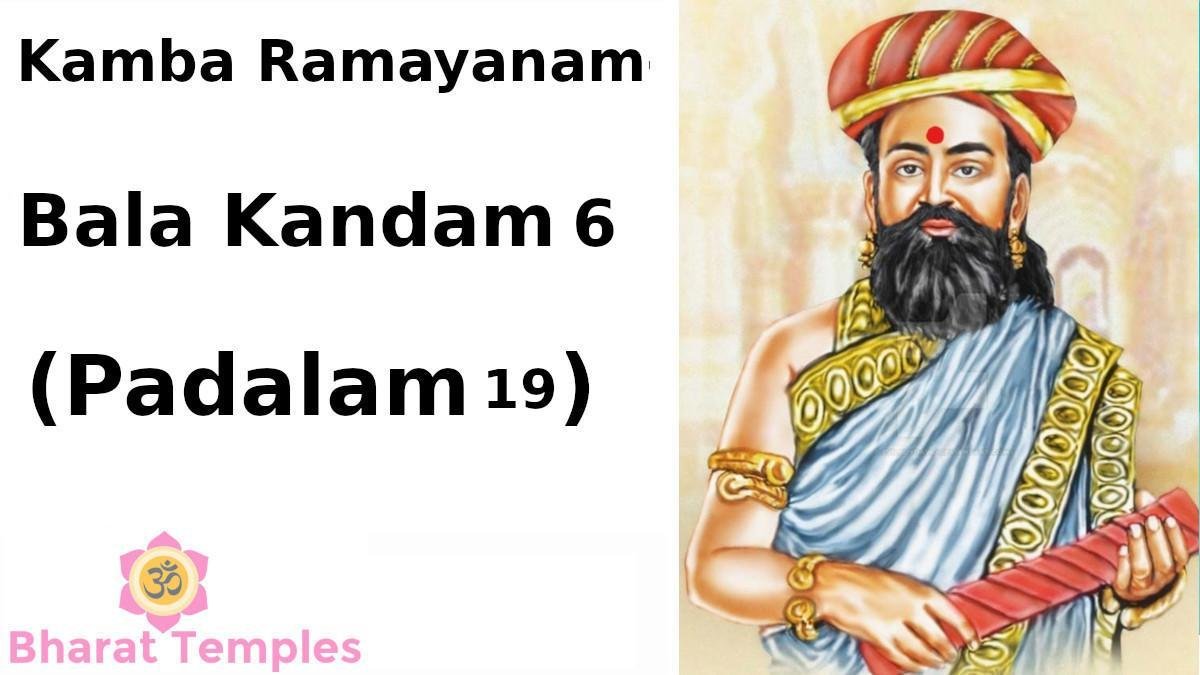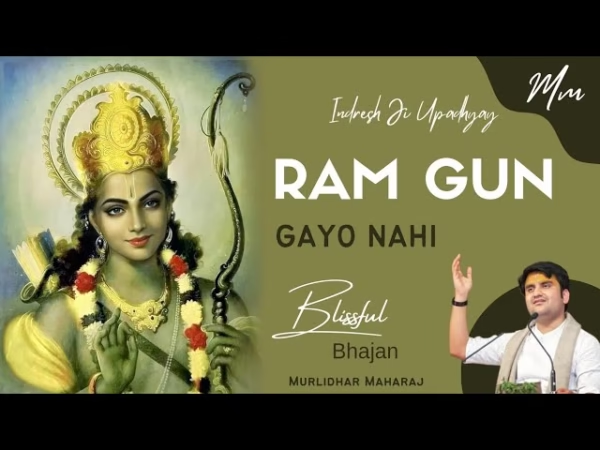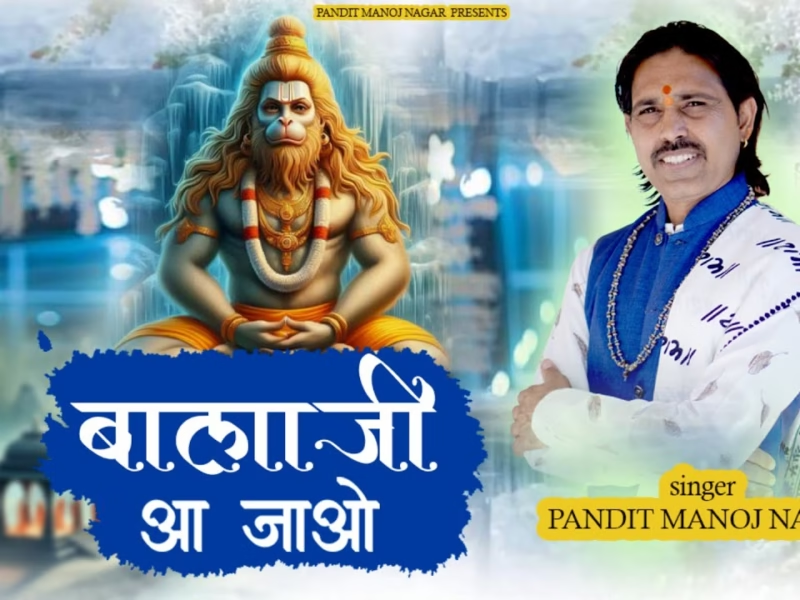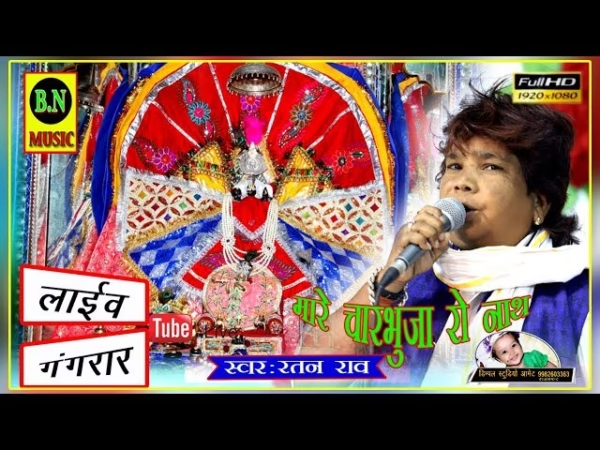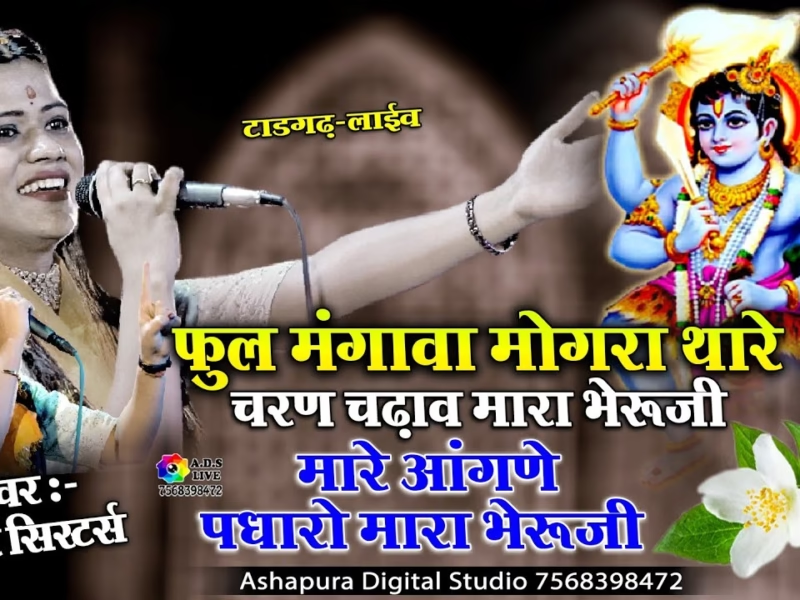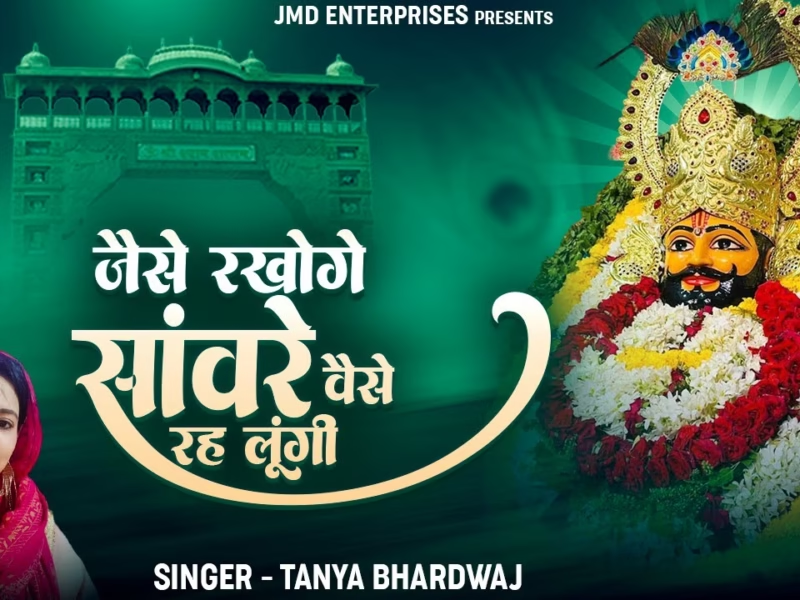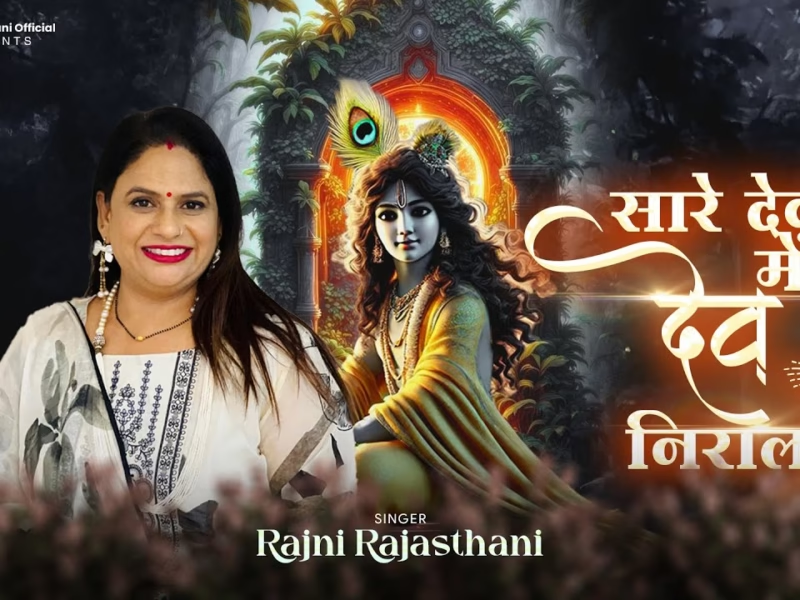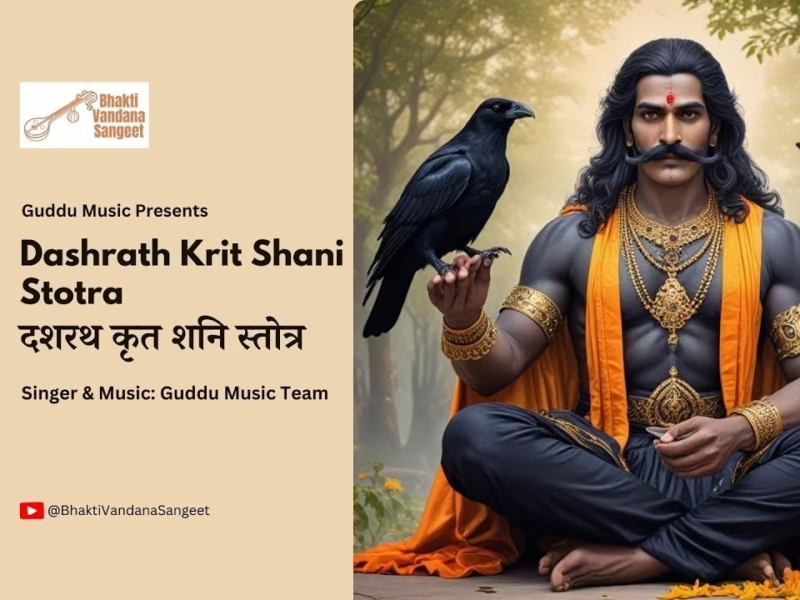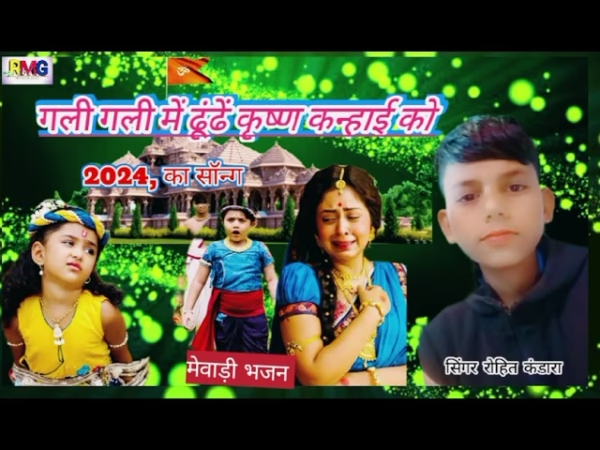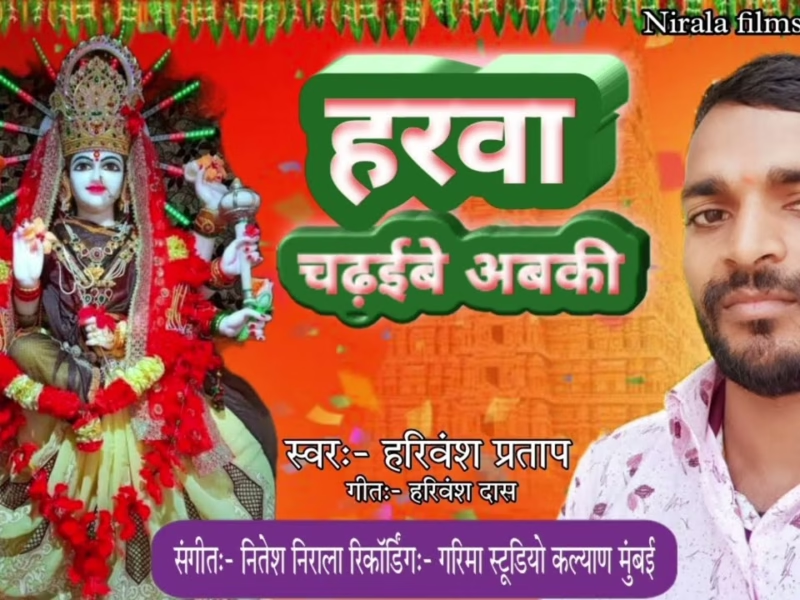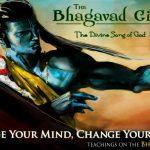Contents
By Kambar (Kavichakravarthy Kamban)
Translated in English by P. R Ramachander
Kamba Ramayanam – Bala Kandam 6 (Padalam 19)
19. Yethir kol PadalamChapter on receiving guests)
(This chapter in detail tells us how king Janaka along with his army went and received Dasaratha along with army as well as relations. It also indicates the great arrangements made by the king.. This is just mentioned in one stanza in the Valmiki Ramayana)
1029. Not following those which have been prohibited by the Vedas,And following without fail those rules of justice as told by the Vedas,The King Dasaratha who is the king of kings who had the white umbrella and King’s staff,Along with ocean like army in to which the stream of the water of rut,From those elephants which had ornamental cover of the face,Reached the shores of the river Ganga.
1030. Due to that ocean of army armed with arrows and weapons drinking the water,The clear water of the ganges was much reduced and even the land of the serpents,Which have split toungue became visible and even the ocean with salty water,Became thirsty because the stoppage of the flow of water of ganges.
1031. By the time Dasaratha who owned very large area of land crossed the river,And went near the town of Mithila with broad fields and which had large water resources,And we would start telling about activities of Janaka who was merciful and Who had a cavalry who were expert in jumping.And who had shoulders which were as firm as pillars .
1032. As soon as he heard that king Dasaratha has arrived, with joy ebbing out of his mind,King Janaka accompanied by an ocean like army with male elephants capable Of breaking great logs of wood , with chariot army and with horses with stirrups ,Came similar to the moon who comes to meet the sun, to receive Dasaratha,Who had great wealth which was as much as Indra’s wealth.
1033. Like all other oceans with their conches going on making great sound,And joining the ocean of milk, the armies of Dasaratha in whose country,The river Ganges flows came and joined the army of the fertile country,Ruled by The king who had a daughter and like the milky ocean,Which has the lady of the lotus living in it receiving other oceans, received them.
1034. To the army of Dasaratha who were armed with sharp spears like Banyan leaf,The seven seas which are long and broad and house the sea sharks are comparable,And to the measureless army with divisions of men, chariots, elephant and horseAgain only the sea which is spread throughout the world is comparable.
1035. ,White royal umbrellas with garlands which were tied with clump of peacock feathers ,Of that army hid the entire sky , thereby hiding the sun and making the earth dark ,And it was comparable to huge lotus ponds where red and white lotus flowers were found mixed.
1036. Does the Goddess Lakshmi who lives in red lotus flowers live in the flags,Of Dasaratha who was ruling his country without any types of laziness?Or does she live in his kingdom which had come from generation to the next generation?Or Does she stay in the ocean like army of his? Or Does she live in his chest?Or does she stay in the pretty crown of his?, It was not possible to understand.
1037. The pretty sound of bees which hover round the black hair,Of the ladies whose breasts which ebb out of the cloth tying them,Is indeed the music with seven types of note , and the sound made by the chariots,Is very much similar to the waves of the great white oceans,And the trumpeting sound of his great elephants ,Is similar to the sound of thunder of the rainy season.
1038. It is easy to tell that the dust raised by the marching army ,Not only filled up all oceans but also rised and spread in the heavens,And these dust rised to the heaven through the hole made ,By the feet of Lord Vishnu who was armed with the wheel ,When he measured all the three worlds by his feet.
1039. In that army when the kings were marching close to one another,Their white umbrellas hid the complete sky and it was easy to drive awayThe darkness thus created due to the golden gem studded ,Ornaments that the army wore , which were shining like lightning.And also many gems due to their luster would create a rainbow,Creating the heat of the sun and some gems create the cool of the moon.
1040. The very strong Janaka who was capable of shooting powerful arrows ,When he saw that the faultless king Dasaratha was coming to his city,Started to go and receive him sprinkling every where the scented powders,As well as golden dust and the pollen of scented flowers, which were the only dust there.
1041. The slush that was created on the way were , the perfumed honey ,Musk , the saffron dust as well as the dust of the Akil trees ,The extra amount of musk created by the deer as well as,Various other mixtures of scented products mixed,In the water of rut flowing from the elephants.
1042. The reflected light from the golden ornaments of the ladies , who wore scented flower, Garlands would go and reach the white umbrellas and go round them ,Along with this the huge flags which are signs of victory would merge ,Along with other decorations and would provide cool shade everywhere.
1043. When opposite the army of Dasaratha which had matchless strength,The army of Janaka which was having more and more ebbing out stood,The sound created was like the sound of a torrential river ,Merging with the matchless ocean with beating tides.
1044. The king Janaka with an elephant army capable of breaking huge pillars,Came before Dasaratha who had the culture and love of father to all,Pushed by great desire and joy , with the speed of mind riding on a huge chariot.
1045. When Janaka came before the chariot of Dasaratha , he got down from the chariot ,With his pretty as well as very strong army standing behind him,And when Dasaratha signed him to get up in to his chariot ,He got in to it and he and Dasaratha hugged each other with faces full of joy.
1046. That Dasaratha who was like a lion which was being received by a tiger ,And who was greater than every one , after hugging king Janaka with both hands,With a faultless mind enquired about the welfare of each of king Janaka ’s relations,And requested him to go forward along with him and eventually reached the city of MIthila.
1047. When both of them with great joy reached the town of MIthila,Rama , who was only comparable to himself and who by his strength ,Broke the bow of Lord Shiva who was of the colour of fire ,Came out of that city and neared Dasaratha to receive him.
1048. That Rama who was being saluted by the people of earth,The people of upper and under worlds , surrounded by ,Very strong army of horses and soldiers , came out of ,That town which was famous for its army ,And came riding on a chariot made by red gold and green gems.
1049. Who can estimate the very large number of,Male elephants, female elephants, chariots and horses,Which accompanied Rama and Lakshmana as per orders of Janaka,When they went to meet their father Dasaratha.
1050. Rama who was like Neelothpala, Karum kuvalai and Kayampoo flowersWho had a matchless form , which was more sweeter that any portrait ,And who was a boy and who had the divine feet , which was fit to be saluted even by devas,Came and reached Dasaratha like the soul that had left him earlier.
1051. Rama went speedily to salute the holy feet of his father ,And when he fell on the feet of the king wearing anklets and got up,The king hugged him and in the chest of the king , who was like Manu,The mountain like shoulders of Rama who broke the mountain like bow vanished.
1052. Dasaratha who removed the sorrows of the eight directions as well as the sky, Whose fame has spread everywhere and who was the greatest among kings,Was saluted by the younger one, who is of the colour of gold and as soon as he got up,Hugged him tightly so that he would go within flower garlands he was wearing.
1053. After that Rama who broke the bow that was held by Lord Shiva,Who had long matted hair , saluted the mother who gave birth to him,As well as his other mothers and who can properly describe the joy in their minds?
1054. When Bharata in whose mind always the great love to Rama flows like a streamWhich was flowing through his lustrous eyes constantly , saluted Rama and got up,Rama hugged him similar to how he was hugged by his father,On his gold like chest , like a soul is hugging another soul.
1055. Lakshmana who accompanied the black coloured Rama,And the younger brother of him , who is greatest in devotion to Rama ,Who were both greatness which cannot be matched,Came near and with their perfumed head ,Saluted the feet of their brothers who wore golden anklets.
1056. Dasaratha who ruled with great justice and with great deal of mercy,Was realized as the most ideal wealth , due to his qualities ,Which gave him fame and had these four sons who had good qualities,Like the matchless four Vedas and those four sons were great like their father.
1057. That emperor Dasaratha , whose rule was an example to others,And who had so much mercy that all all beings considered him as their good motherSaw and ordered Rama to take along with him his army which was considered as great wealth.
1058. The amount love those soldiers who had elephants towards the princes ,Is something which cannot be measured by any of us.Was the great joy without stain which arose in them , long lived or short lived?And as soon as those princes who had decorated their hair with flowers,Came among them, the joy that all of them felt was equivalent to that of Dasaratha.
1059. With his loving brothers saluting him and coming on victorious horses.With great joy due to the stable and great love towards their elder brother,And with hand held conches and very big drums making great sound,Rama with a beauty which is rare even in pictures rode on a pretty chariot.
1060. The crowd of beautiful women who were looking like dolls,Whose feet has been painted by the juice of red cotton,Stood in very tall buildings , which were asking clouds to enter themAnd live in them , and threw their poison like eye on Rama And were also showering flowers from there and ,Rama reached the very wide streets of Mithila surrounded by walls.
1061. Near all the stages of that town , with their bangles shaking,With their hair falling down , with their lotus flower like feet ,Demonstrating the book of sage Bharata , ladies ,Who have cone like broad breasts which compete with,The tusk of huge elephants in rut were dancing ,But the place was home and not dancing stages.
1062. Due the primeval lord of all devas coming near them,Ladies from little girls to grown up lasses , who had been sent ,By the God of love who was well armed , came in the streets,With pretty black long hair and we will tell about it later.
Download PDF (Kamba Ramayanam: Bala Kandam 6 (Padalam 19)
Kamba Ramayanam: Bala Kandam 6 (Padalam 19) – Kamba Ramayanam: Bala Kandam 6 (Padalam 19)
Download PDF: Kamba Ramayanam: Bala Kandam 6 (Padalam 19) in English PDF
Read More :
Kamba Ramayanam: Bala Kandam 6 (Padalam 19)
Kamba Ramayanam: Bala Kandam 6 (Padalam 20)
Kamba Ramayanam: Bala Kandam 6 (Padalam 21)
About Kavichakravarthy Kamban
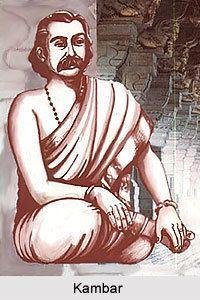
Historians place him in the 9th century CE, But surely Kamban belongs to the third great wave of Tamizh literature that started with the Sangam period (dated before the Common Era), followed by the widespread impact of Bhakti literature of the Alwars (vaishnavite saints) & Nayanamars (shaivaite saints). Kamban Authored Ramanaya in Tamil…Known as Kamba Ramayanam..
Kambar has been the milestone for the Tamil scholars that none had reached. He was also known as “Kamba Naatazhvar” at his time. Many Tamil authors from the modern world have written the books on the poet Kamban.
FAQs
Kambar or Kavichakravarthy Kamban (1180–1250) was a medieval Tamil poet and the author of the Ramavataram, popularly known as Kambaramayanam, the Tamil version of the epic Ramayana.
Valmiki Ramayana and Kamba Ramayanam are two versions of Ramayana written in the Sanskrit and Tamil languages respectively. … Kamba Ramayanam is originally called as Ramavataram. Although Valmiki Ramayana is the original version of the story of Rama, Kamba Ramayana is believed to be based on the work by Valmiki.
The Kamba Ramayanam, is a Tamil epic that was written by the Tamil poet Kambar during the 12th century. Based on Valmiki’s Ramayana (which is in Sanskrit), the story describes the life of King Rama of Ayodhya.
The book is divided into six chapters, called Kandam in Tamil. The Kandams are further divided into 123 sections called Padalam (படலம்) in Tamil. These 123 sections contain approximately 12,000 verses of the epic.
